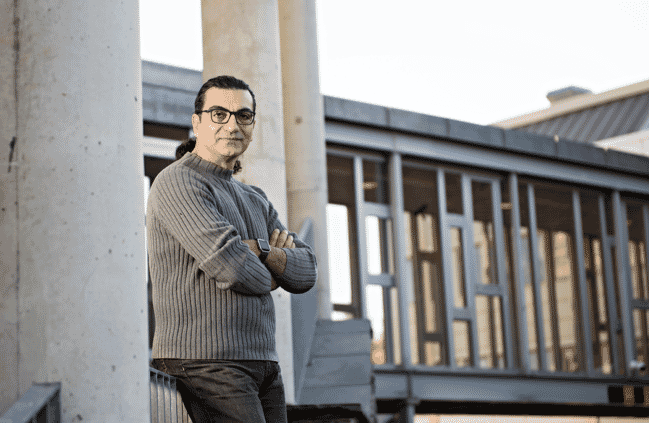
To assess the degree of resistance of Atlantic salmon to sea lice, breeding companies traditionally have to count the number of parasites on each fish manually. However, the new project will use AI to analyse photos of the fish in real time, to swiftly obtain an accurate number of lice infections per animal.
The imaging technology uses a combination of a half-circular light-dome (CSS dome light HPD2-400FC) and a 5-megapixel monochrome camera to take an image of each salmon. The high-power light-dome has three individual triggered colour diodes: red (622 nm), green (525 nm) and blue (470 nm). The mono-camera takes one picture at each wavelength, and then images are post-processed using the developed AI.
It was found that this imaging system provides the user with the best visibility and contrast between the lice and the fish. The algorithm uses a deep learning segmentation model, based on a multiple convolutional network architecture U-net image model, initially developed for biomedical image segmentation.
The AI model is trained to segment the sea lice and salmon. After image segmentation, the sea lice are filtered and counted. By repeating this process many times and automatically augmenting the image appearance in various ways, the model learns the shape and becomes robust against varying fish and lice sizes, image angles, illumination variations etc. The training dataset is created by manually marking pixels with lice in the image. The model can then compare its results against the training dataset and gets trained. The bigger the training dataset, the more accurate the algorithm can detect lice. The model’s performance improvement is verified by keeping a subset of the annotated data for model validation.
With the new technology implemented, Benchmark expects to gain a higher quality of the phenotypic datasets and improve the precision in selecting the best breeding candidates for resistance to sea lice.




